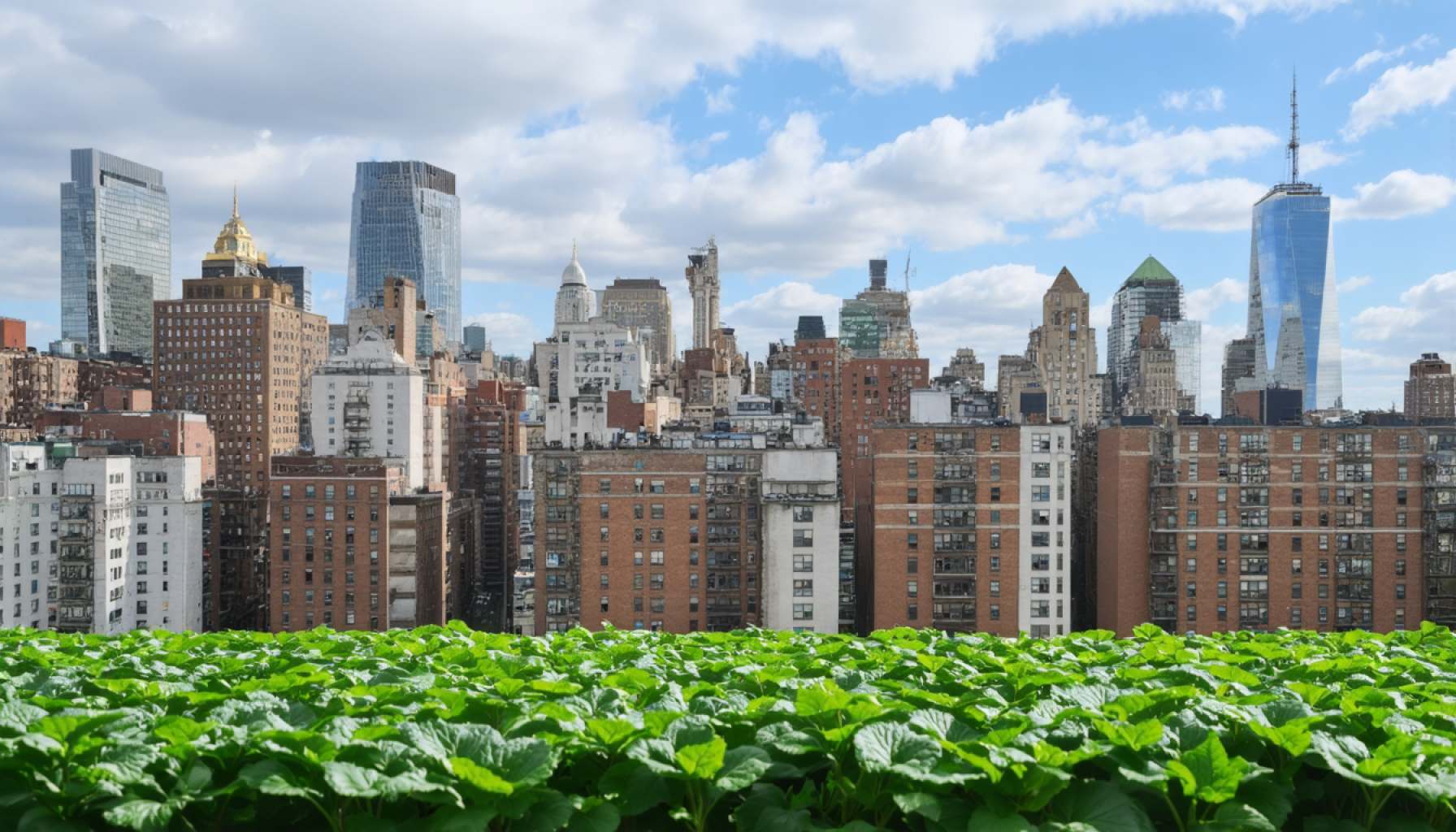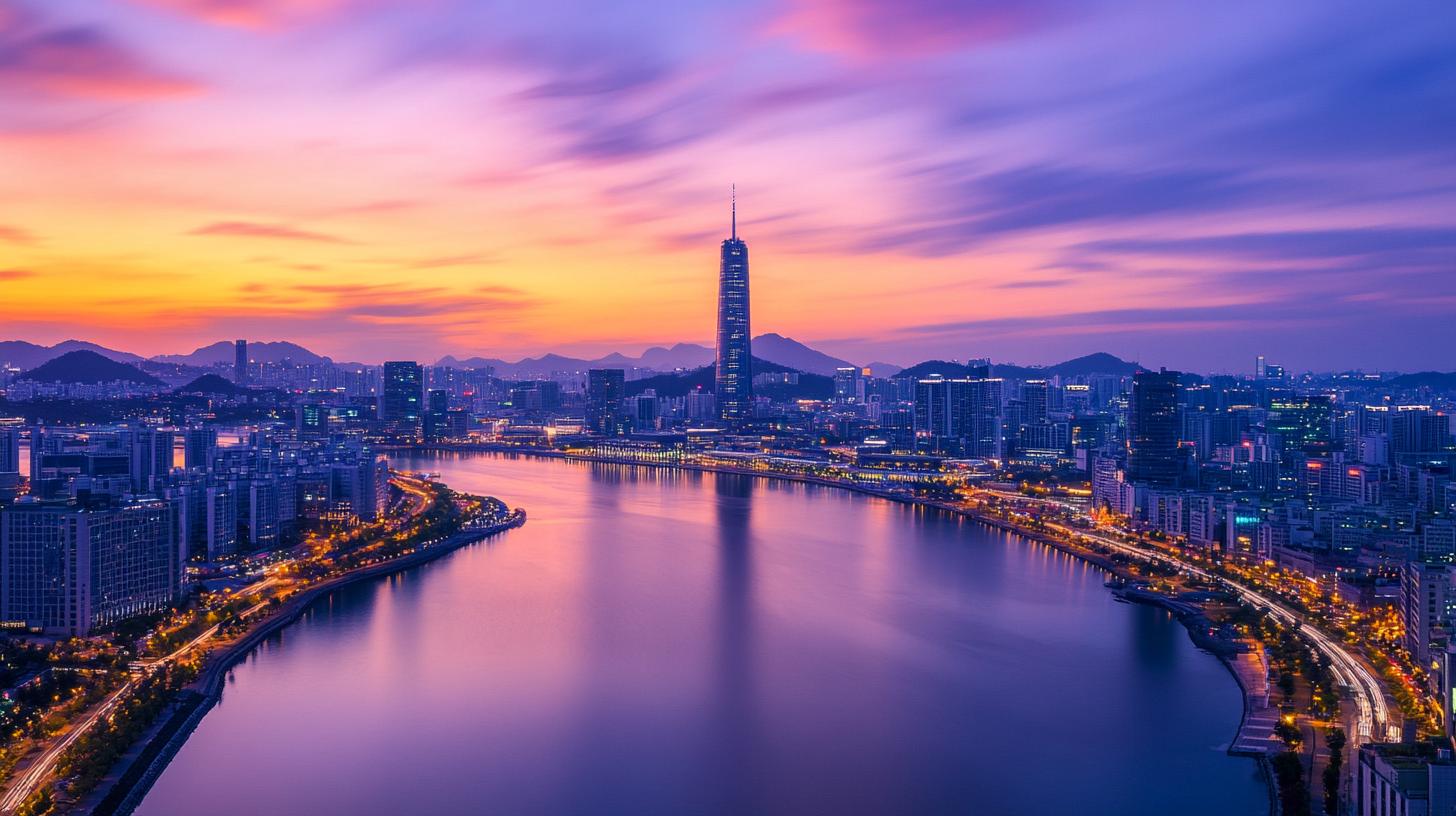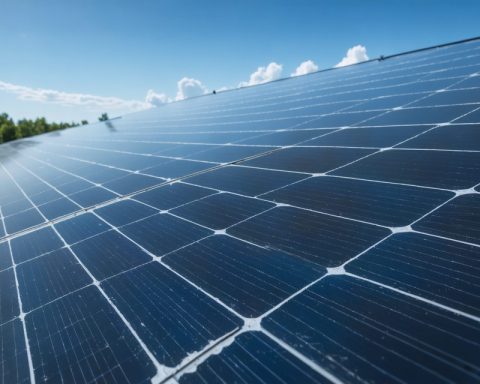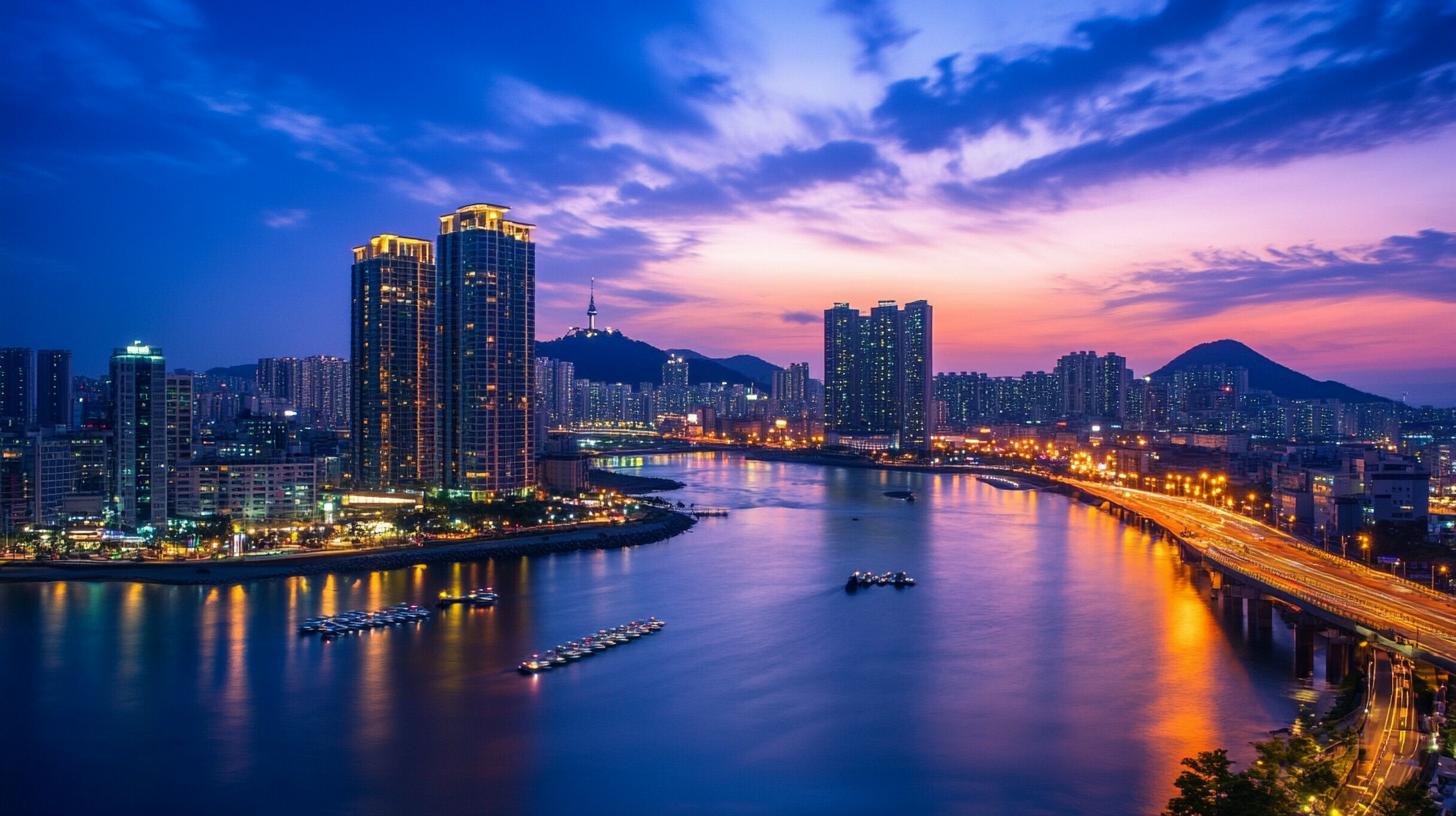- New York aims for 100% zero-carbon-emission electricity by 2040 under its Climate Leadership and Community Protection Act of 2019.
- The New York Affordable Clean Power Alliance warns that this transition may destabilize the energy grid, possibly causing power shortages by 2033.
- Challenges include reliance on unpredictable renewable sources, such as wind and solar, inflation-induced cost increases, and supply chain delays.
- Transmission bottlenecks trap renewable energy in upstate areas, far from energy-demanding downstate regions.
- Community resistance thwarts several renewable projects, like the Lighthouse Wind initiative.
- Political challenges demand a balance between environmental goals and current practicalities.
- The pursuit of clean energy in New York requires innovation, investment, and compromise to achieve its ambitious goals.
As the sun rises over the iconic skyline of New York, a storm brews beneath its shining veneers. The state’s ambitious path toward a greener future, dictated by its Climate Leadership and Community Protection Act of 2019, mandates a drastic shift from fossil fuels to renewables. By carving out a nearly impossible target of achieving 100% zero-carbon-emission electricity by 2040, New York strides commendably into the future. Yet, a piercing report by the New York Affordable Clean Power Alliance unveils a harsh reality: this bold endeavor might destabilize the energy grid of one of the world’s greatest metropolises.
Envision a chaos where lights flicker uncertainly and ears strain to hear the whir of fans amidst a summer scorcher. This unsettling scenario is a possible future as New York faces an inevitable generation shortfall, heralded for 2033. Despite their powerful promise, wind and solar, unlike their fossil-fueled predecessors, rely on erratic weather patterns. Thus, the grid’s steadiness “depends on weather conditions, making real-time supply and demand balancing more complex.”
The ambition of bustling New York is throttled by a host of challenges. Inflationary pressures have pushed up costs for materials and labor while supply chain bottlenecks further delay vital infrastructure. The cost of connecting sprawling solar fields and whirring wind turbines to the grid has doubled in recent years, adding another layer of complexity. Meanwhile, the upstate’s renewable riches remain hamstrung by transmission bottlenecks, trapping them far from the energy-hungry heft of downstate urban centers.
In a tale of resistance not uncommon to revolutionary endeavors, community pushback quashes projects left and right. Take the Lighthouse Wind’s venture—the turbines meant to harness Lake Ontario’s gales, promising a mighty 200 megawatts. Heavy with the burden of complex community dynamics, it too crumbled after eight years of opposition.
Governor Kathy Hochul, steadfast at the helm, insists on progressing with zeal while ensuring that “the lights stay on and costs are low.” Yet, political tensions rise, straddling party lines as both Democrats and Republicans urge a slowing down of clean energy mandates. From postponing the transition to electric vehicles to resisting bans on gas stoves in new housing, stakeholders lobby for a balance between urgent environmental imperatives and present-day pragmatism.
New York is perched at a precipice. It is a dramatic pursuit: the quest for a perpetually greener tomorrow, tailored with human hope yet tethered by everyday realities. The visionary future hangs, oscillating on the line between soaring renewable dreams and the pragmatic constraints of an old grid unwilling to let go. And so, New York waits, poised and pulsing against the conjoined rhythms of climate ambition and reliability’s necessity.
Ultimately, the journey to green energy demands innovation, investment, and compromise. With courage and caution, New York may yet light the world. Its resolve to dash the darkness of climate change could illuminate a path for others to follow, reminding all that every leap forward in history begins with a single, daring step.
New York’s Bold Green Energy Transition: Challenges and Solutions
New York’s quest for a sustainable energy future is as ambitious as it is fraught with challenges. While the Climate Leadership and Community Protection Act of 2019 aims for 100% zero-carbon-emission electricity by 2040, the transformation comes with substantial hurdles that warrant analysis. Here, we delve into the less-explored aspects of New York’s energy transition, along with actionable steps and insights into what lies ahead.
The Reliability Challenge
The transition toward renewable energy sources such as wind and solar is primarily hindered by their dependency on weather conditions. Unlike fossil fuels, these renewables offer intermittent energy supply, complicating the grid’s reliability. According to the National Renewable Energy Laboratory (NREL), integrating energy storage systems like advanced batteries is crucial to stabilizing the grid and ensuring energy availability during peak demand periods.
Infrastructure and Economic Constraints
Supply chain issues, inflation, and the soaring costs of grid connection complicate the infrastructure needed for this massive energy shift. The International Energy Agency (IEA) suggests that governments and private sectors must invest more in research and development to create innovative solutions that can minimize these costs.
Community Opposition and Regulatory Hurdles
From the halted Lighthouse Wind project to widespread concerns over local environmental impacts, community opposition remains a significant barrier. Building robust community engagement strategies, emphasizing local benefits, and fostering transparent dialogue can mitigate resistance. The American Planning Association (APA) highlights that early community involvement in planning stages typically results in better project outcomes.
Political and Legislative Dynamics
The political landscape around New York’s energy policy is dynamic, with partisan debates influencing the pace and direction of energy reforms. Policymakers need to craft energy strategies that reconcile environmental goals with economic realities. Engaging bipartisan support can hasten the legislative process required to facilitate infrastructure expansion and technological innovation.
Real-World Use Cases and Technological Innovations
Emerging technologies like smart grids and blockchain for energy transactions present promising solutions for improving grid reliability. Countries like Germany have piloted blockchain projects to effectively monitor energy distribution and manage demand.
Market Trends and Forecasts
BloombergNEF forecasts a steady increase in renewable energy investments, driven by heightened global awareness on climate change and policy incentives. As states like New York push for renewable energy, the market for sustainable technologies is likely to grow, encouraging further investments and innovation in the sector.
Actionable Recommendations
– Invest in Energy Storage: Incorporate large-scale batteries to manage energy produced by renewables and stabilize the grid.
– Enhance Transmission Infrastructure: Upgrade and expand the current grid to avoid bottlenecks, particularly connecting rural renewable sources to urban demand centers.
– Foster Community Involvement: Engage communities early in the planning process to address concerns and offer transparent communication.
– Support Bipartisan Legislation: Work toward energy policies that balance environmental aspirations with economic impacts for more sustainable transitions.
Quick Tips
1. Embrace Technology: Businesses and local governments should consider trial projects utilizing smart grid technologies to enhance efficiency.
2. Engage Stakeholders: Local governments should hold open forums for residents and businesses to voice opinions and solutions.
3. Monitor Trends: Stay informed on global renewable energy progress to adopt successful strategies and technologies.
These insights reveal that while New York’s path toward a zero-carbon future is filled with challenges, strategic actions, informed investments, and community collaboration can lead to an effective transition.
For further information on New York’s climate goals and sustainability initiatives, visit the official New York State Government.















